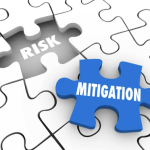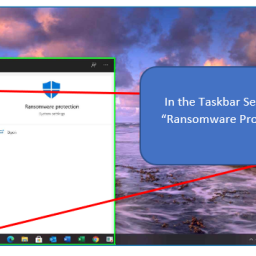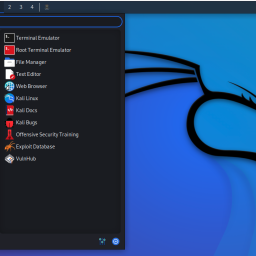We cannot forget about Change Management in today’s crazy, dangerous and very much evolving digital frontier. I think all the smart people say that Change Management is more critical than ever.
Change management refers to the process of planning, implementing, and monitoring changes within an organization. In the context of cybersecurity, it ensures that any updates, upgrades, or modifications to security protocols are carefully considered and executed. Which pretty much means test before you deploy.
Now it seems, some folks have abandoned Change Management. These folks believe that change should be real-time and because of Artificial Intelligence (AI) doesn’t need management. These folks rely on the Vendor to ensure that there are no bugs, which, in my humble opinion is a bad idea.
Proper Change Management is not just a best practice; it is also a requirement under the National Institute of Standards and Technology (NIST) guidelines. NIST mandates that organizations implement configuration and change management to maintain the security of their information systems.
Change management is a crucial component of modern cybersecurity infrastructure. It helps organizations stay resilient in the face of evolving cyber threats, ensuring that their systems remain secure and reliable. By following NIST guidelines, particularly those outlined in NIST SP 800-128, organizations can strengthen their change management practices, stay compliant, and maintain robust cybersecurity defenses.
Specifically, NIST SP 800-128 provides guidance on configuration change control, a critical aspect of change management. This document outlines how organizations should manage changes to their systems in a way that minimizes security risks and ensures compliance with established standards.
In conclusion a A well-managed change process ensures that all changes are thoroughly reviewed, tested, and documented, reducing the likelihood of unintended consequences. On-the-Fly Untested Patches should not be deployed real-time without any sort of Change Management or Configuration testing at the enterprise level prior to implementation.
Change management helps maintain the integrity of an organization’s cybersecurity infrastructure. When changes are made without proper oversight, they can introduce new risks or weaken existing security measures. More Information can be found at https://topgallant-partners.com/services/
0





